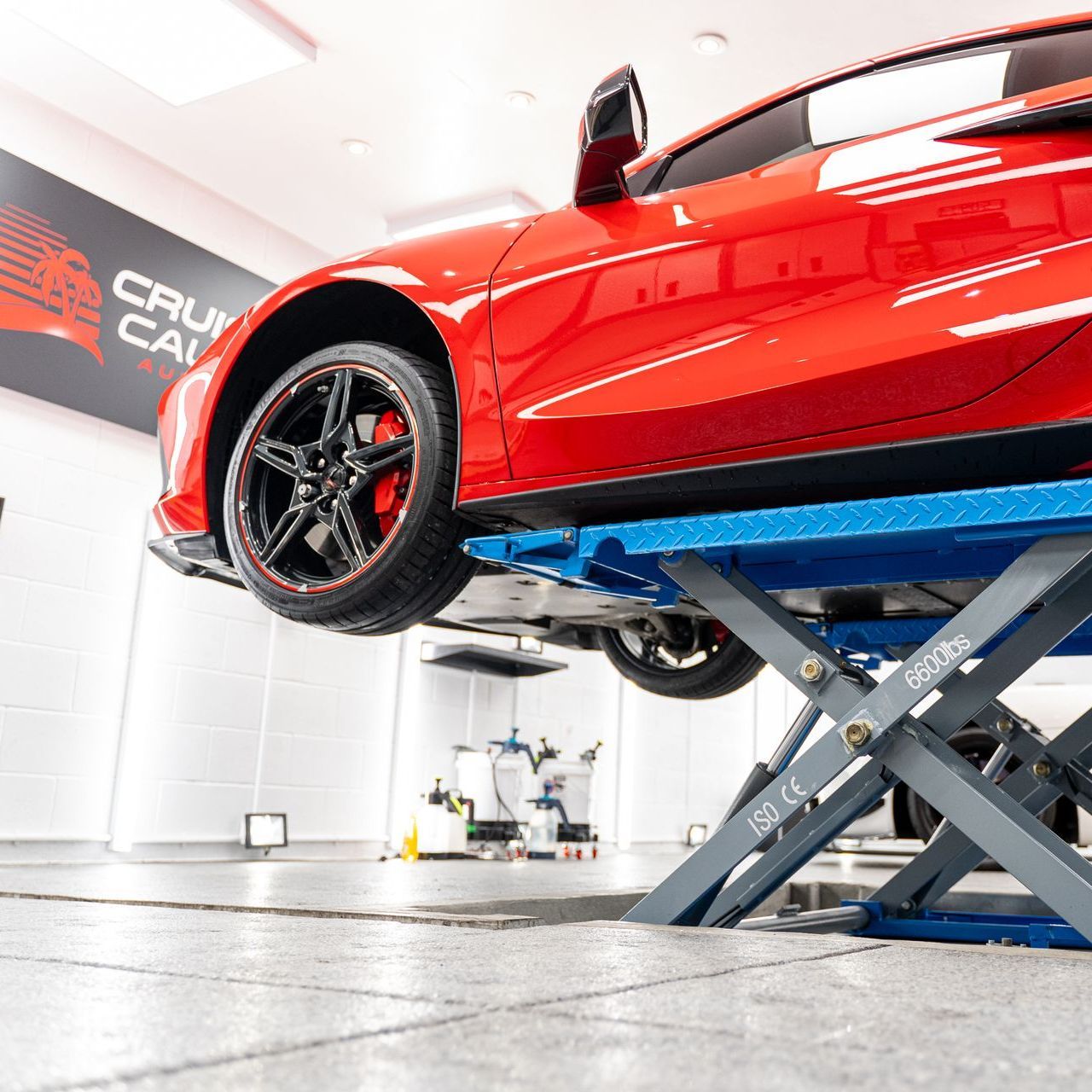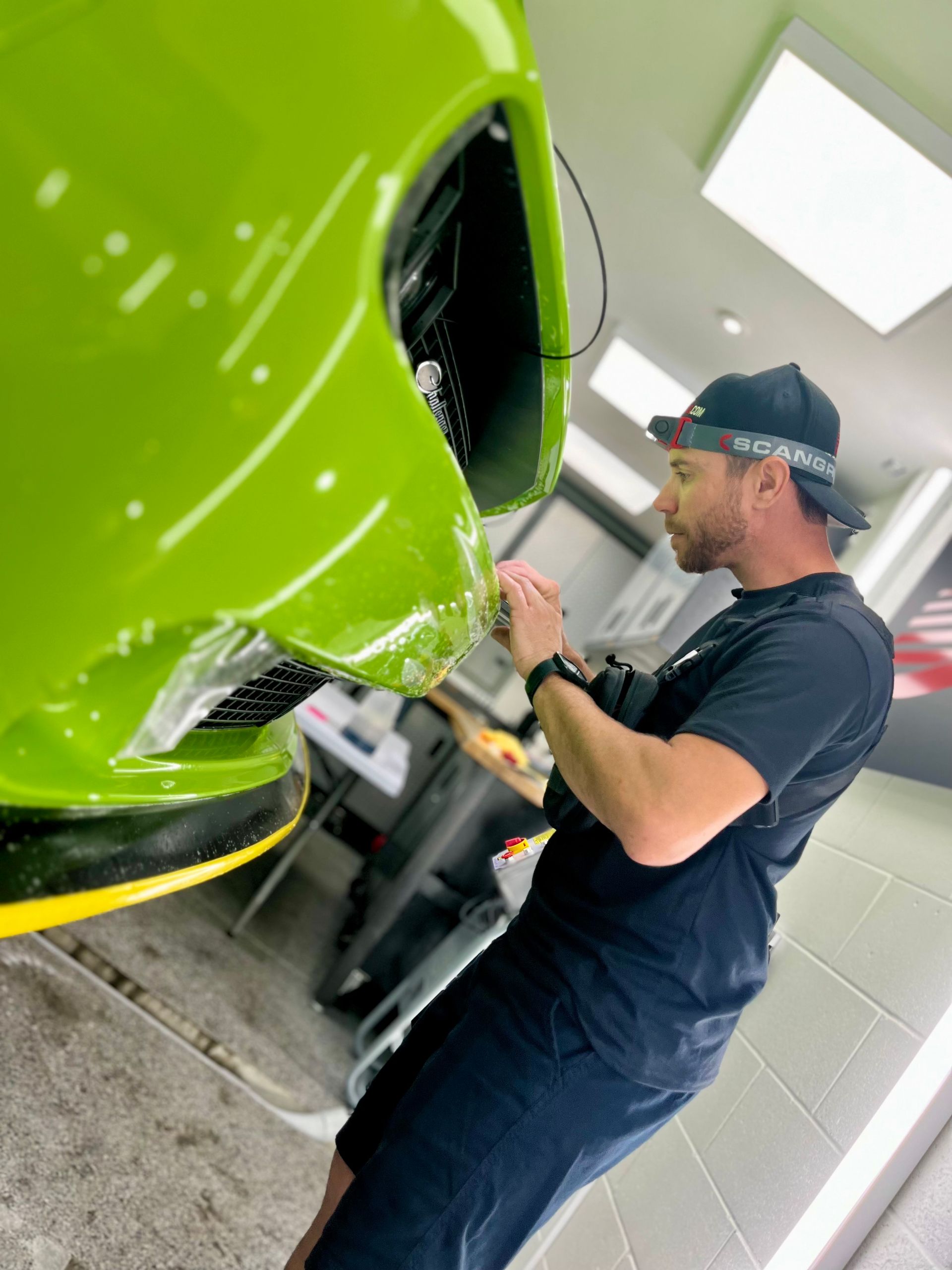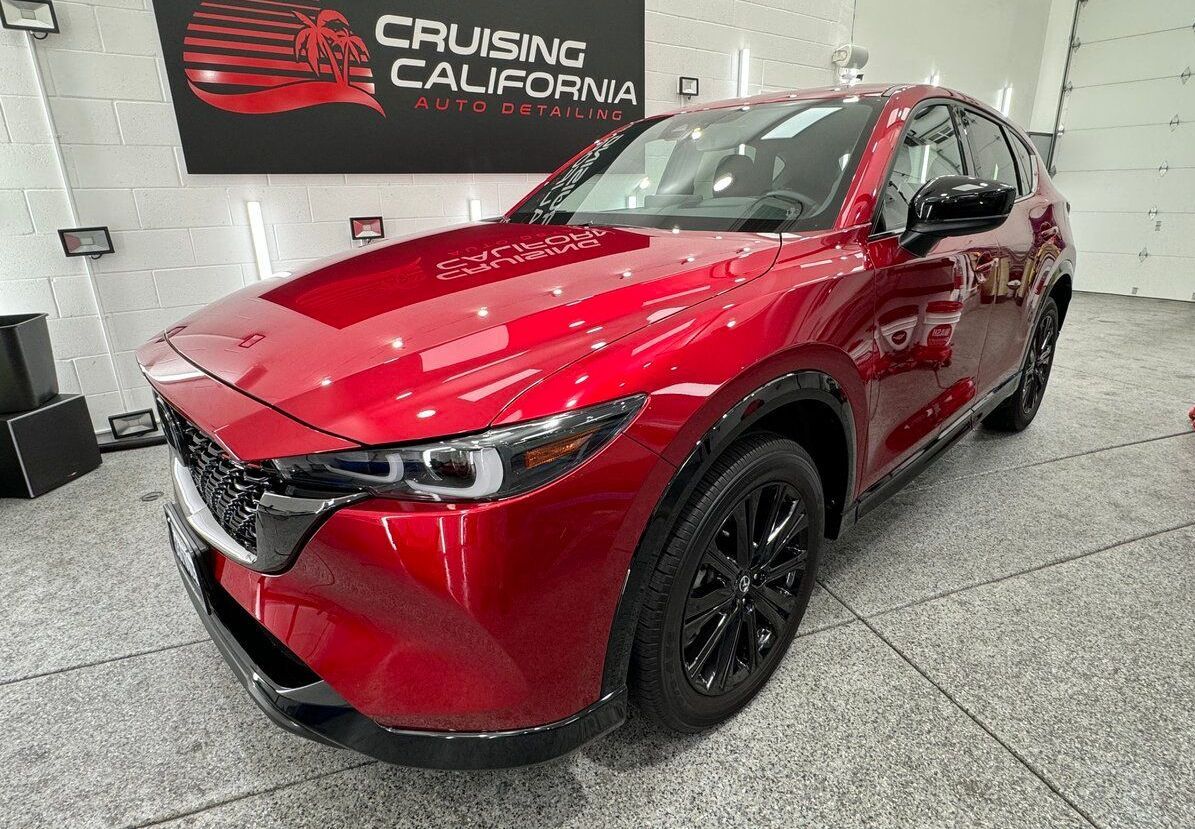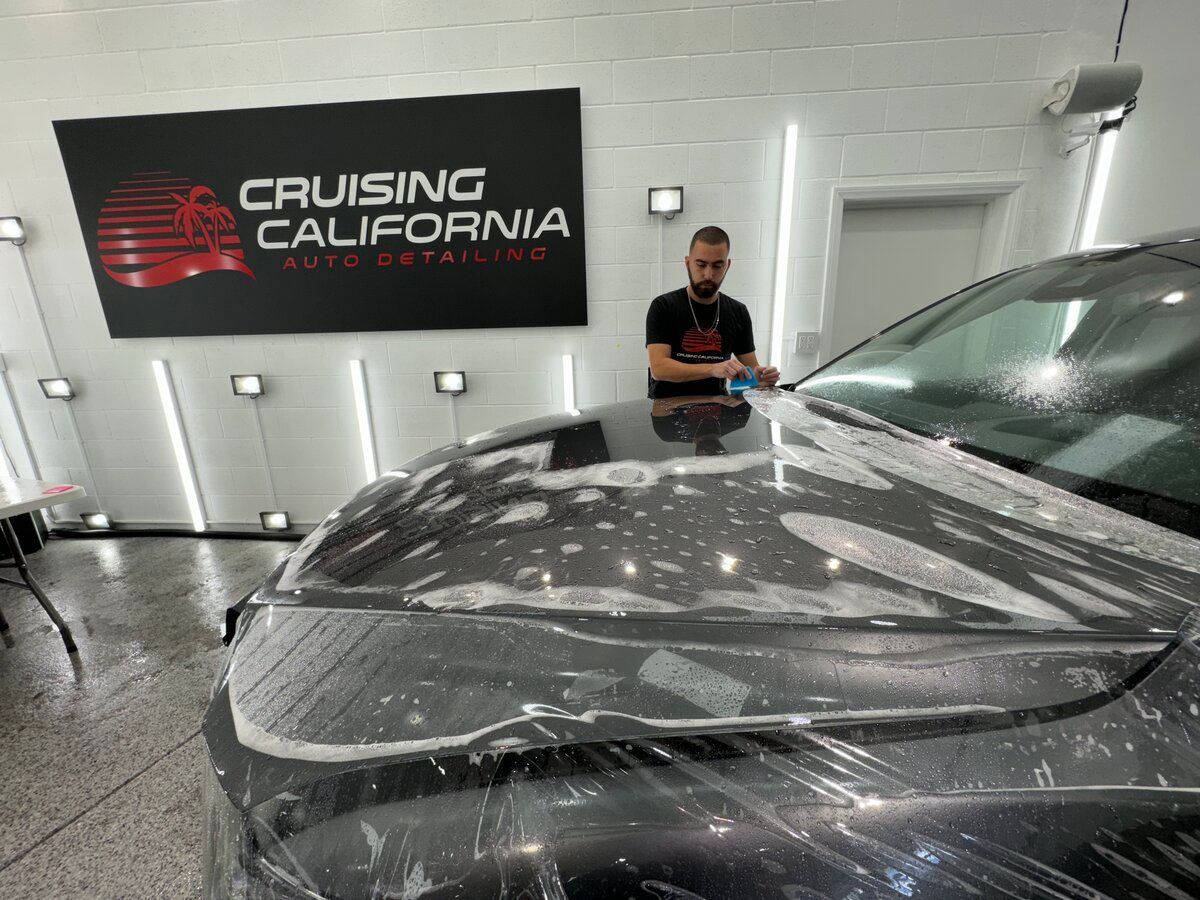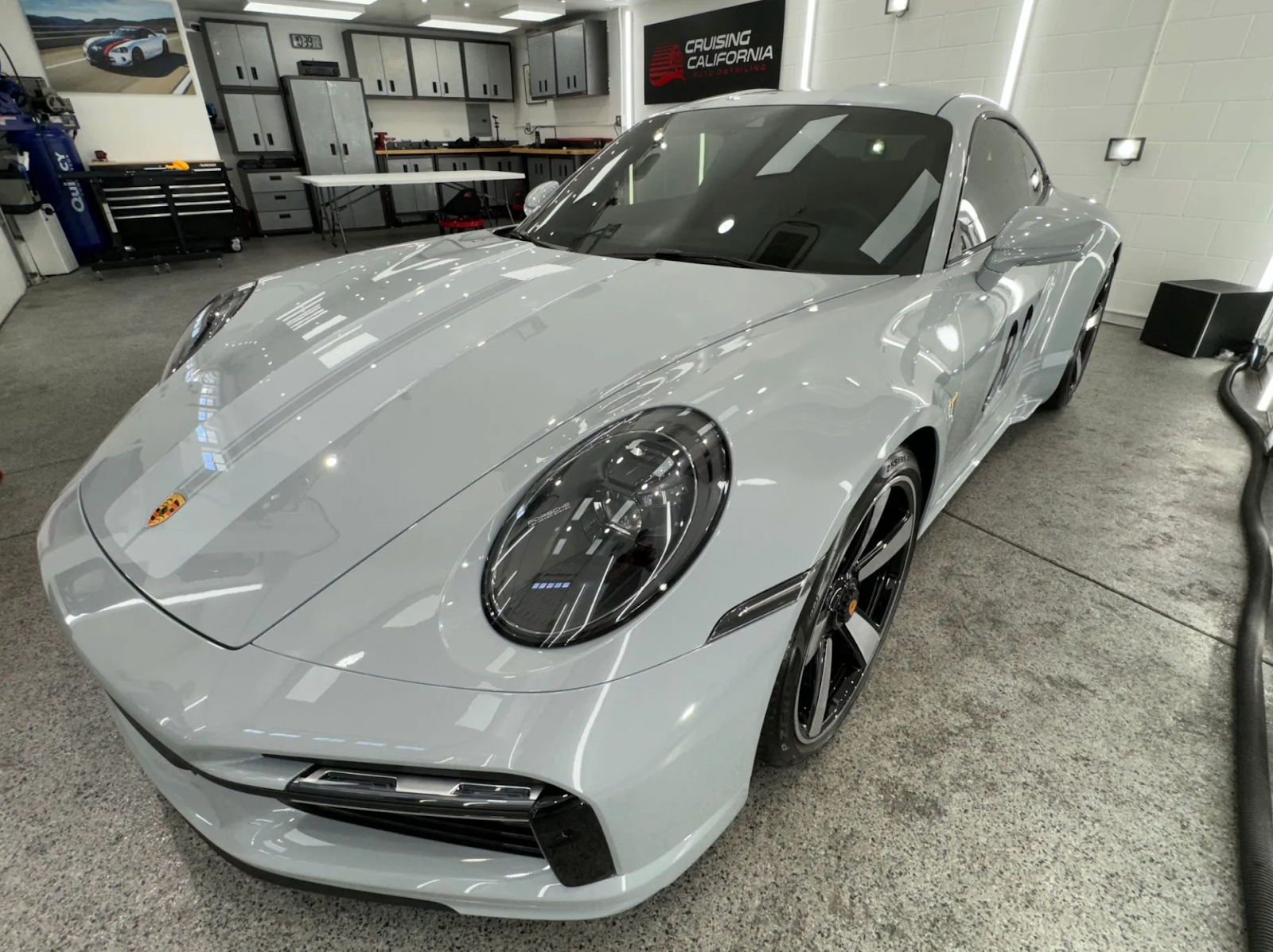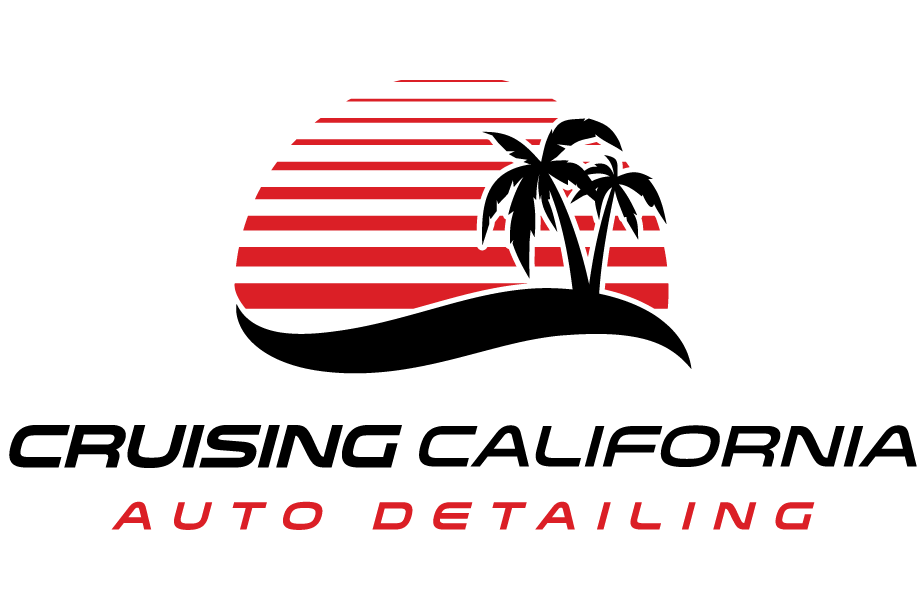In the realm of automotive maintenance, it is crucial to safeguard the impeccable condition of your vehicle's paint surface. The exterior of your car endures an array of potential risks, ranging from gravel impacts and road particles to inclement weather conditions, throughout your daily drives and weekend escapades. This is where the role of car paint protection film (PPF) becomes significant. In this comprehensive guide, we will explore the reasons why choosing a car paint protection film is a decision you won't regret.
Does the Car Paint Protection Film Suit Your Needs?
Determining whether to make an investment in car paint protection film (PPF) is not always a simple choice. It requires careful contemplation of one's driving patterns, personal preferences, and the desired extent of safeguarding your automobile. Now, let us delve further into the essential elements to take into account when assessing whether PPF is suitable for your needs. Initially, it is crucial to assess your driving patterns. If you frequently travel on highways or pass through areas with ongoing construction where road debris is frequently encountered, using PPF can offer valuable safeguarding against damages caused by flying rocks or similar objects, such as chips and scratches.
Driving Habits Checklist
- Are you someone who often travels on highways?
- Do you often encounter construction zones during your daily commute?
- Are you frequently faced with the presence of loose gravel or debris on the roadways?
Furthermore, it is important to take into account the environmental factors you encounter while driving. For example, if you reside in a region where road salt is applied during the winter or frequently park your vehicle in areas with high pedestrian activity, applying PPF can serve as a durable barrier, providing protection to your car's paint against potential harm.
You may be pondering whether PPF is truly necessary, especially if your driving circumstances are not particularly challenging. Though that viewpoint may hold validity, it is important to contemplate the potential long-term consequences of disregarding the benefits of additional protection. Even sporadic encounters with environmental elements such as UV rays and debris on the road can lead to the gradual deterioration of your vehicle's paint.
In addition to external factors, your attention to detail when it comes to upholding the appearance and condition of your vehicle also plays a crucial role in determining the appropriateness of PPF for you. If you take immense pride in maintaining the pristine look of your car and seek to safeguard its resale worth in the long run, the enduring protective advantages of PPF present a compelling choice.
What Exactly Entails a Car Paint Protection Film?
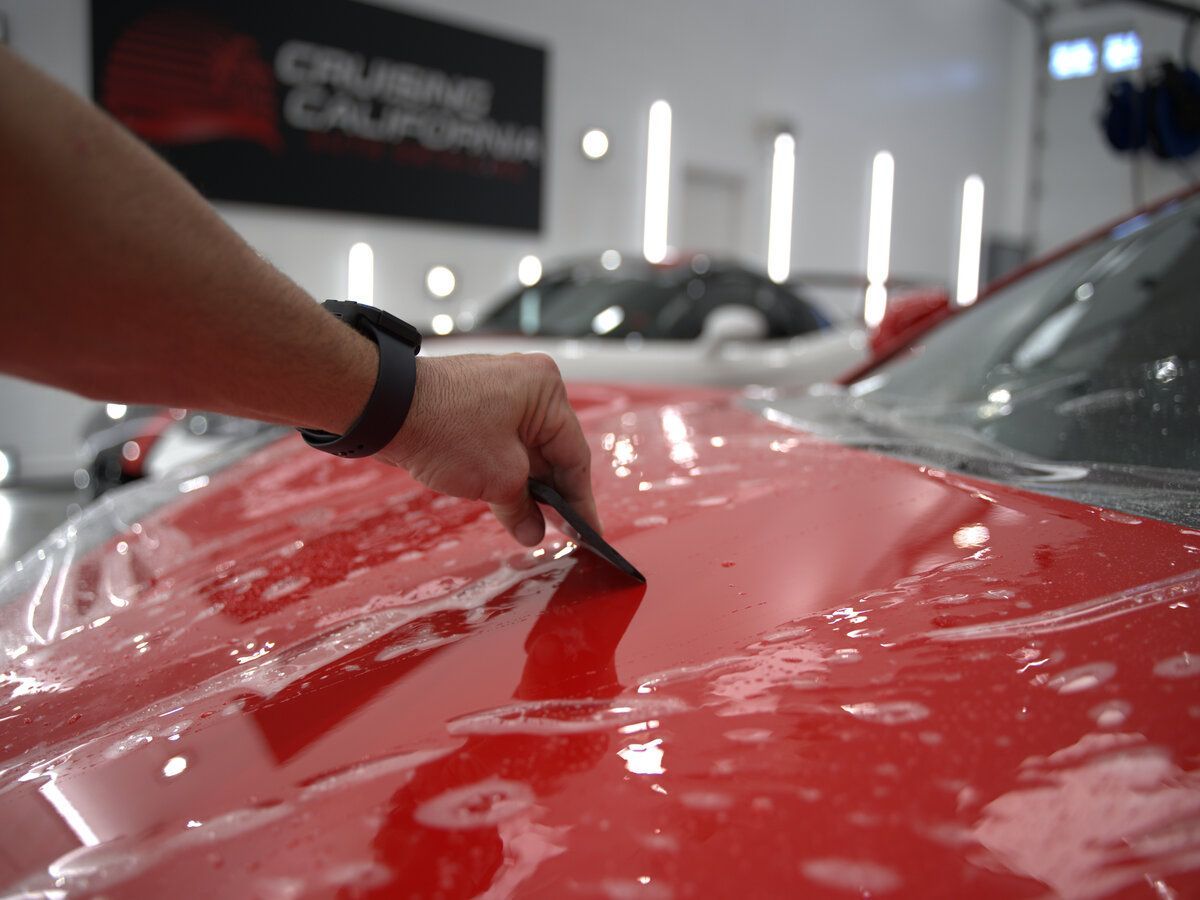
To clarify, what exactly is car paint protection film (PPF)? It refers to an ultra-thin layer of resilient substance that provides a protective shield for your vehicle's exterior against rock chips, road debris, surface scratches, and minor abrasions. This transparent or clear film functions as an undetectable shield, safeguarding your car from the daily wear and tear it experiences.
Crafted from premium polyurethane, this film sets itself apart as more than a mere guard, boasting an optical clarity that ensures the preservation of your vehicle's original paint without any distortion or diminishing effects. Contrarily, it maintains the magnificent appearance of your vehicle while incorporating a resilient and shielding coating.
The Scientific Principles Underlying the Concept of PPF
This cutting-edge product's design guarantees long-lasting preservation of your car's elegant and flawless appearance. It not only acts as a protective shield, preventing unintended marks and dents, but also offers an extra layer of security against external factors like UV rays, briny sea gusts, and severe weather circumstances.
You may be curious about the ability of this see-through barrier to preserve its transparency while providing protection against different hazards. The key lies within the durable polyurethane composition, engineered with cutting-edge technology to maintain a virtually indiscernible presence on your car.
Imagine navigating through a construction or development zone where there is a frequent occurrence of gravel and debris being thrown onto the road. Without PPF, these fragments could harm your vehicle's paint. Nonetheless, the car paint protection film serves as a barrier, guarding your automobile against these possible hazards and maintaining its flawless aesthetic. If you prioritize the durability and pristine condition of your vehicle, contemplating the use of PPF may prove to be a prudent investment in shielding your cherished possession from unforeseen damage.
The Financial Implications of Using Car Paint Protection Film Are Significant
When deliberating on the decision to invest in safeguards for your vehicle's paint job, it is crucial to assess the financial implications. While there is an initial expense involved with installing car paint protection film, acknowledging the enduring advantages and possible cost savings it provides is essential.
Let us begin by acknowledging the possible expenses connected with fixing paint imperfections that arise from debris on the road and environmental perils. Various risks, such as projectile fragments, gravel, residue from insects, avian excrement, tree resin, and exposure to UV rays, can lead to unattractive marks and corrosive impacts on the outer surface of a vehicle over an extended period of time.
By applying a car paint protection film, you are essentially incorporating an assurance plan for the paintwork of your vehicle, reducing the necessity for frequent and expensive repairs. It acts as a protective shield between the delicate paint of your car and the unforgiving external environment, ensuring the preservation of your valuable asset.
In addition, there are financial implications that go beyond merely safeguarding your vehicle from potential repair expenses. Preserving the vehicle's original factory paint by employing protective film can also positively influence its resale value. Prospective purchasers are frequently inclined to offer a higher price for a pre-owned vehicle that maintains its original flawless exterior, devoid of any noticeable signs of usage.
Essentially, when you choose to invest in car paint protection film, it goes beyond simply safeguarding your vehicle's aesthetics. It serves as a prudent financial choice that has the potential to generate substantial savings on repairs and potentially enhance the resale value of your car over time.
When contemplating the lasting ramifications of safeguarding the exterior of your vehicle, it is vital to explore the effects such choices have on the overall worth of your investment.
Ensuring the Upkeep of Safeguarded Surfaces Is a Crucial Responsibility
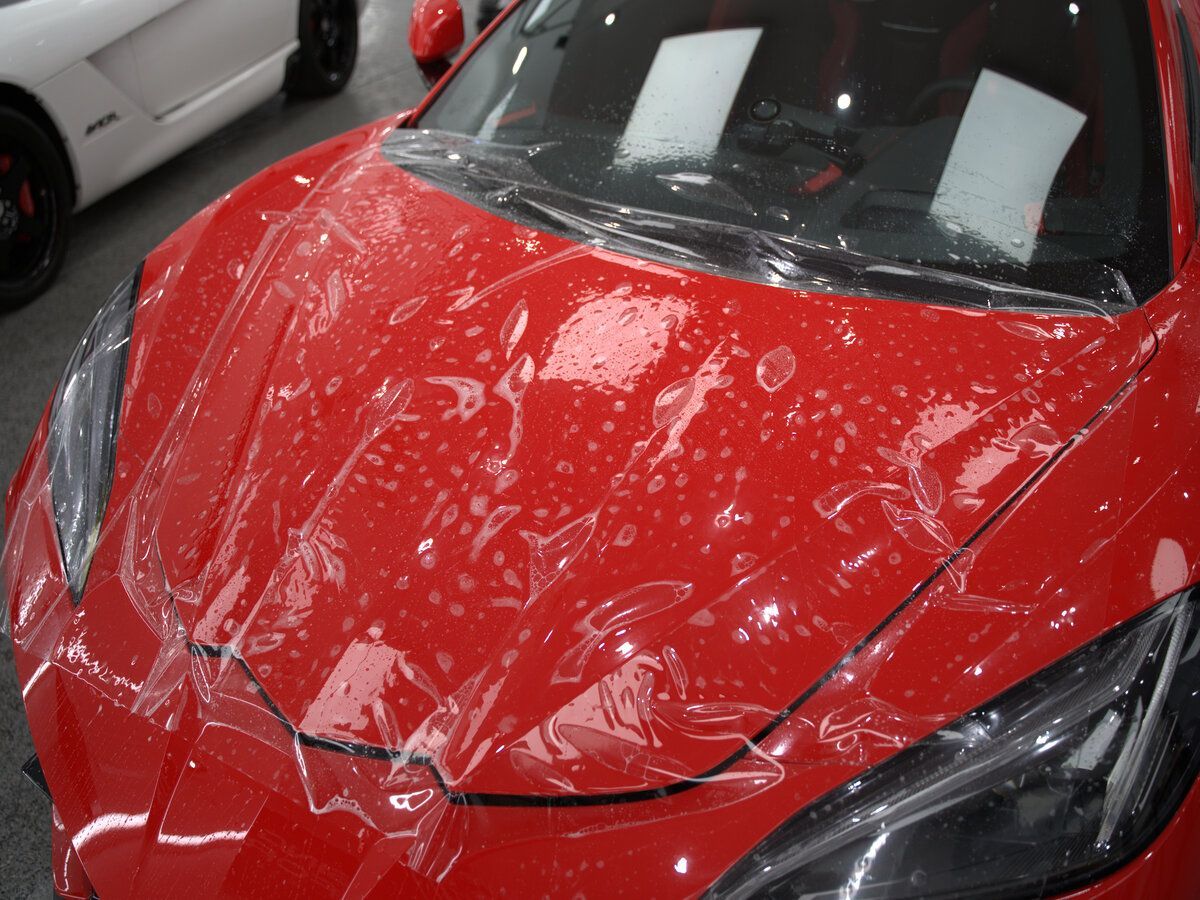
When you invest in car paint protection film to protect your vehicle from minor damages like scratches, dents, and general deterioration from regular use, it's equally important to maintain the pristine condition of this protective coating. Regular maintenance guarantees its ongoing effectiveness in fulfilling its intended purpose. In order to keep these surfaces in pristine condition, it is essential to regularly clean them using a mild soap solution and soft clothes or microfiber towels. By utilizing these gentle materials, there is no risk of scratching the film, thereby ensuring the preservation of its protective qualities.
Furthermore, it is imperative to adhere to the principle of avoiding harsh solvents or abrasive cleaners in order to properly uphold the integrity of the paint protection film. Neglecting this guideline may compromise the film's ability to safeguard your vehicle's paint in the long run.
Equally crucial to the act of cleaning is the frequent evaluation of the film to detect any indications of wear or harm. This comprehensive examination facilitates the prompt detection of potential concerns that could potentially undermine the effectiveness of the film. By promptly attending to these concerns, you ensure a continual safeguard for the paint on your vehicle.
It is of utmost importance to keep in mind that engaging in proactive maintenance efforts plays a vital role in preserving the value of your investment in car paint protection film. Regular assessment and upkeep not only guarantee the enduring immaculateness of your vehicle but also act as a preventive measure against potential expensive repairs in the future.
By comprehending the essential role of maintenance in safeguarding the surfaces covered by car paint protection film, you can ensure the long-term preservation of your vehicle's aesthetics and value.
There Are Other Options Available
In terms of preserving the integrity of your vehicle's paint, car paint protection film is not the only choice available. Two widely considered alternatives among drivers are ceramic coating and traditional waxing. Now, let's delve into each option in greater detail and explore the benefits they provide.
Ceramic coating for vehicles
A liquid polymer, known as a ceramic coating, can chemically adhere to the original paint of your vehicle and generate a safeguarding layer. This layer possesses hydrophobic properties, enabling it to repel water and safeguard against various substances such as bird droppings, tree sap, and harsh chemicals that might otherwise impact the car's paint directly.
While ceramic coating provides some protection against UV rays and chemical etching, it may not offer the same level of protection against rock chips, road debris, and minor scratches as car paint protection film.
We apply conventional wax.
For many years, traditional waxing has been a popular choice for enhancing the gloss and safeguarding the paint of automobiles. When applied correctly, it forms a protective barrier that enhances the car's ability to withstand external elements such as dirt, filth, and water blemishes. Furthermore, the layer of wax can offer a degree of defense against minor scratches and the harmful effects of UV rays.
In a similar vein to ceramic coatings, the efficacy of traditional waxing in providing protection against rock chips, road debris abrasions, and other types of physical damage may not match that of car paint protection film.
When evaluating the efficiency and longevity of various protection methods, it is imperative for drivers to thoughtfully evaluate their individual driving circumstances and aesthetic inclinations. Each alternative possesses inherent advantages and disadvantages that can significantly impact the decision-making process.
When making a choice between these alternatives, it's crucial to grasp how each approach corresponds with your specific requirements and the extent of safeguarding your desire for your automobile.
Your priorities will ultimately determine the choice you make, whether that be prioritizing thorough protection or finding a compromise that takes into account both safeguarding and aesthetic appeal. By gaining an understanding of the advantages and restrictions associated with each alternative, you can make a knowledgeable choice that effectively caters to the requirements of your cherished vehicle.
Why Choose CCA Detailing and Ceramic Coating | PPF?
At CCA Detailing & Ceramic Coating | PPF, we take great satisfaction in our roster of proficient experts who have mastered the craft of
PPF installation. Boasting extensive years of experience and a steadfast dedication to perfection, our technicians possess the knowledge and meticulousness necessary to provide impeccable outcomes. We possess a comprehensive understanding of automotive exteriors and employ cutting-edge methods to guarantee a flawless and accurate application of PPF. Our PPF solutions make use of advanced technology and high-quality materials to deliver unparalleled safeguarding for your vehicle. We collaborate with top-tier producers to provide exceptional PPF compositions that possess longevity, self-repairing capabilities, and crystal-clear optical properties. Whether you require protection for your everyday vehicle or your cherished luxury automobile, our cutting-edge PPF solutions guarantee unmatched performance and durability. Book now!

